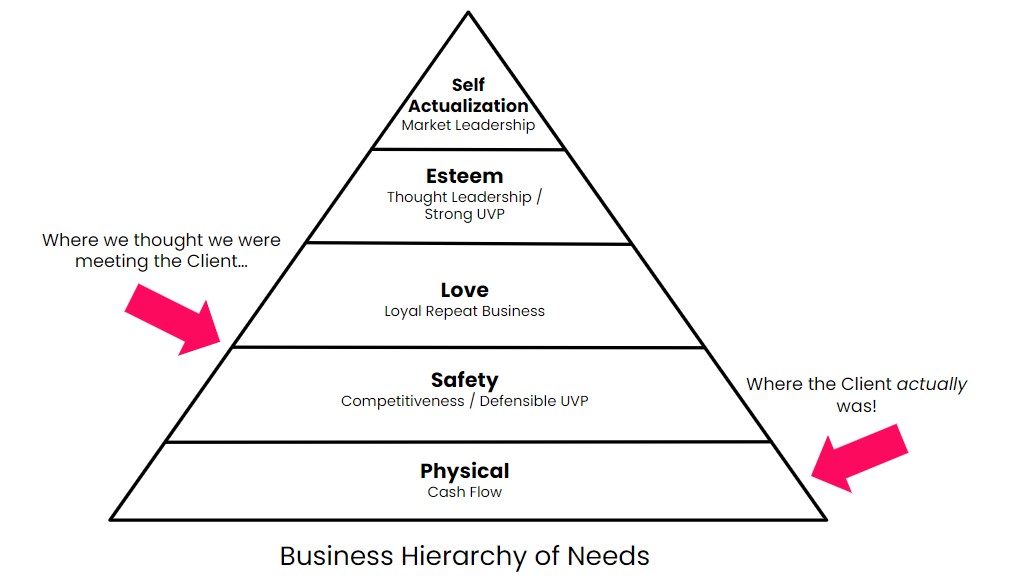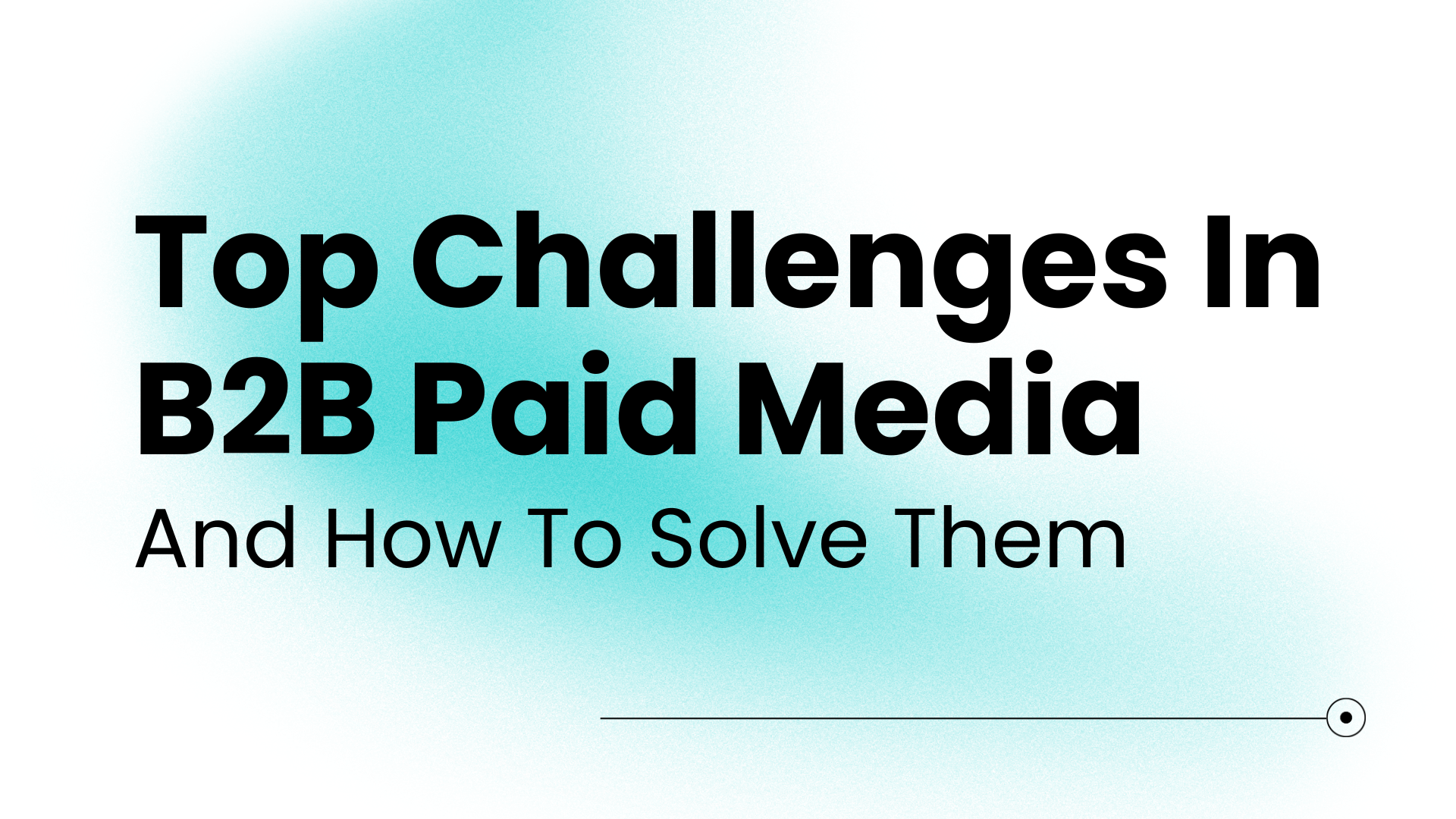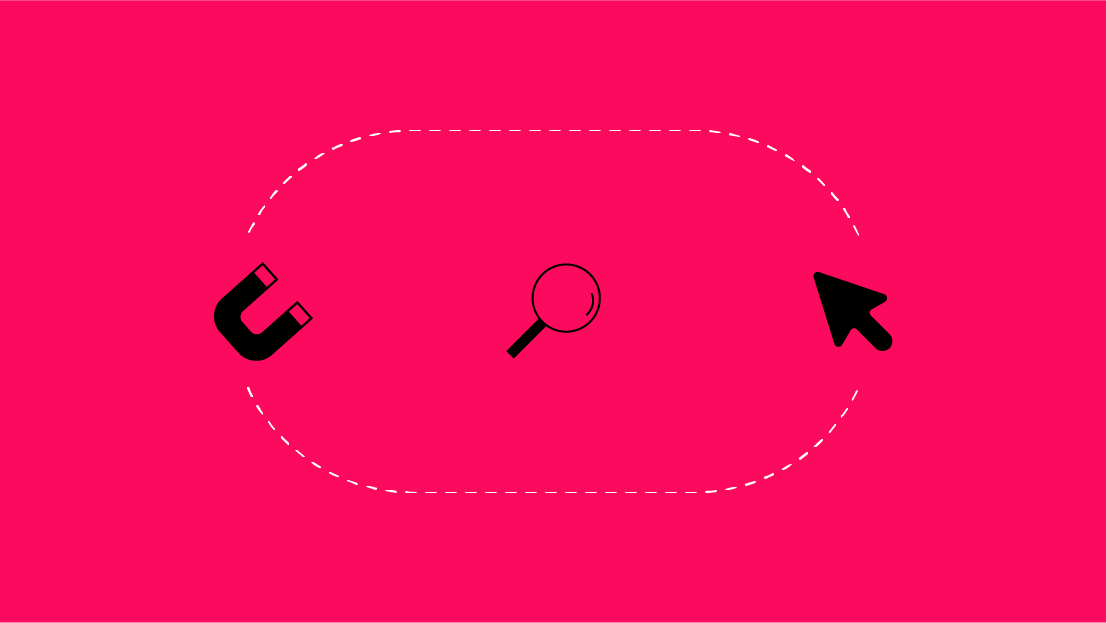The Backstory: Don't Make Work for Your Client
At the height of the COVID-19 crisis, we had a situation where a large franchisor client in the retail space had to shut down. I’ve changed around aspects of the actual situation to protect the client’s anonymity. Just before the initial 2020 lockdowns we had started a closed-loop analytics scoping effort to connect their Point of Sale system (POS) to Google Ads so that we could see the impact our PPC campaigns were having on online orders for pickup and delivery, as well as the average purchase size in their stores.
Phase 1 of the project would focus on the online pickup and delivery part of their business.
Due to shifts in the client’s business priorities in the Fall of 2019, that effort fell by the wayside.
Mistake: Assumption of Client Needs
Then COVID hit, and in the midst of the pandemic, we at Seer thought that all our clients would be greatly served if we could tie their investments in Paid Media, SEO, Creative, etc. to revenues, cash, or some dollar-denominated KPI.
For PPC, this would allow the machine learning tools in the search engines to maximize value – stretching precious dollars in a crisis! – and allow our SEO teams to assign value to their contributions too.
We assumed this would be good for our clients and also good for Seer: as our client, CFOs sliced and diced budgets in an effort to navigate through COVID it wouldn't be a bad thing for Seer to be able to point to the ROI we create in an effort to justify our fees. And, depending on the circumstances Seer would do the work at greatly reduced fees.
So why did we receive a terse, angry email from the client decision maker at our retail client after one of our Paid Media Team Leads offered to restart the closed-loop analytics conversations?
Because we accidentally tripped over one of the cardinal rules of consulting:
Don't Make Work For Your Client.
What We Didn’t Know
Although we reached out to the client with good intentions and discounted closed-loop implementation fees, there were a few critical things we didn’t know:
- Revenue was already down: We didn't fully appreciate the implications of this retailer being a franchisor. To protect their franchisees as lockdowns swept across their multi-state operating territory, the CEO paused charging the usual monthly franchise and advertising support fees. As a result, revenue at the corporate parent essentially went to zero, and the franchisee-funded advertising budget disappeared.
- Our stakeholder had to let a team member go: Due to those budget issues, our client decision-maker had to lay off a key direct report, and so became solely responsible for all digital marketing.
- In store was everything. They were rethinking their whole model: The fun way customers engaged with their products in-store was a big part of their brand. Unfortunately, thanks to COVID our client had to completely rethink their in-store operating model in order to reopen. This was a massive brand and operations pivot that consumed a lot of our decision-maker's time and attention as she huddled with her exec team.
- Online pickups, where our solution focused, was only 10% of revenue: Online order and pickup was only 10% of their revenue historically and, on top of that, only 30% of their fleet of stores had the right version of the POS software required for the GA data connection to work.
So, the thing that we thundered on about to our harried client decision-maker was something that, practically speaking, only spoke to about 3% of their 2020 budget.
And achieving even that would require a significant amount of work and internal political capital from her.
Our Misalignment
When I finally caught up with her to unpack her terse email she said to me, exasperated, "Look, I get it. You are trying to grow your book of business. You're looking to increase your revenue from my account. But stop trying to justify your own fees with this closed-loop analytics pitch. We are struggling right now. I'm up to my ears in trying to help my leadership keep the business afloat".
That stung and knocked me back on my heels. No one at Seer is on an incentive compensation plan, not even our BD or Client Services teams. Sure, we want to show the value of our work, but in the throes of the crisis, we truly did think we were helping.
We held internal brainstorming sessions asking ourselves if we were the client, what would we want in order to make decisions with greater confidence?
More data! Better data!
We need to connect the dots between scarce budget resources and dollar-denominated results!"
Made perfect sense to us, so we ran with it. Applied empathy FTW!
But in our rush to be empathetic, be proactive, and take a solution to this retail client, we completely missed the part where we first had to understand the client’s unique challenges and operating context.
As a result of this and other client conversations during COVID below is how I pivot Maslow’s famous Hierarchy of Needs for business:

We thought we were bringing our retail client something to give her an edge against much bigger, better-resourced competitors during a time of crisis. We often work with challenger brands and underdogs -- our modus operandi is to help clients use data to better compete. So, to us, tying the client's POS system to Google Ads was a no-brainer.
But all of that doesn’t matter if no revenue is coming in, if individual franchisees fail if management can’t pivot the business model for when the stores reopen. Our client was laser focused on the very lowest level of the Hierarchy: Physical, the ability to stay alive in the most elemental sense, and in a business that means cash flow and a functioning operating model.
What We Missed
This one is simple. We needed to listen. We needed patience. We needed grace. It’s not that the client didn’t understand the value of our closed-loop analytics solution. We were just misaligned with where the client was on the Hierarchy of Needs at a time of crisis. In our desire to help, we showed up with a solution when the first step was actually to immerse ourselves in the client’s operating context.
What We Did Instead
I believe that good consulting is often just the clever application of common sense well communicated, but in this case, we didn’t need to be even that clever. We made the assumption that helping this particular client make more informed digital marketing decisions would make a difference in her business. We were absolutely wrong and managed to frustrate a good client point of contact in the process.
The good news is that we historically had a great relationship with our client, and sometimes dustups happen. The client, the Team Lead, and I talked it all through, and we realigned internally on the client’s needs.
To help our client and meet her where she was once we learned the scale of the business challenges, we immediately halted campaigns and paused our project to give her budget relief. We also stayed in periodic contact with her to serve as a sounding board on strategy and tactics as they retooled their operations.
And the door remained open to revisiting connecting her POS to Google Ads in the future. Over the Summer of 2020, we just had to help her survive first!


